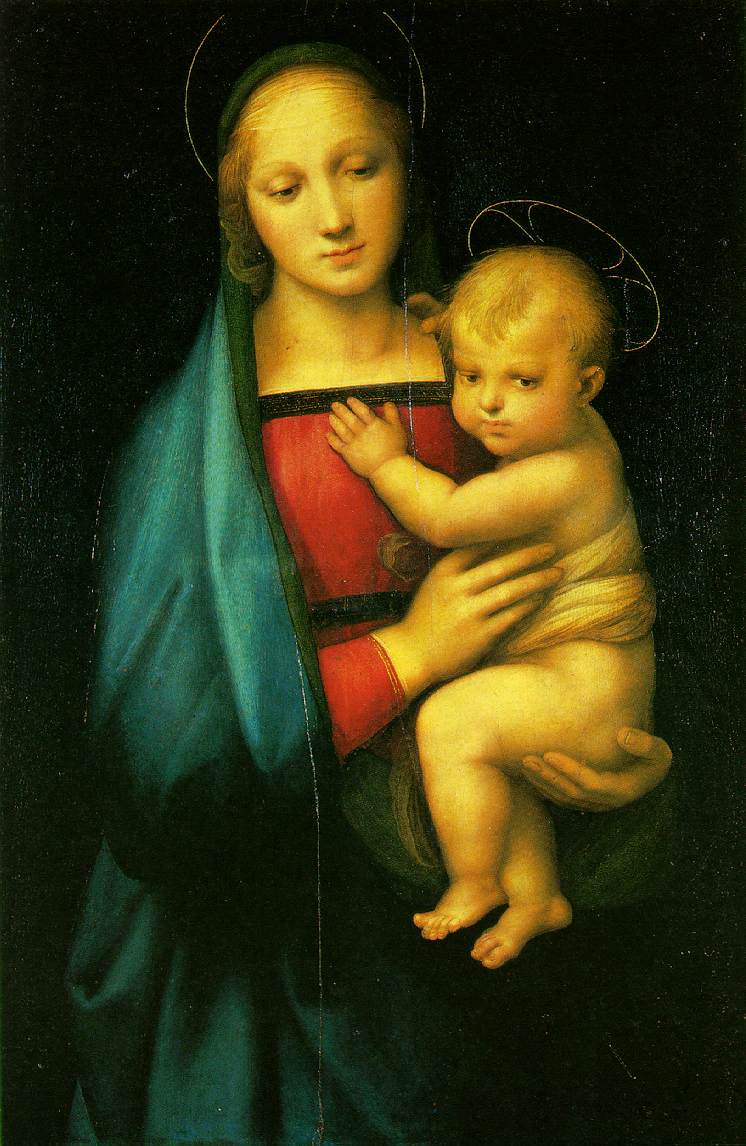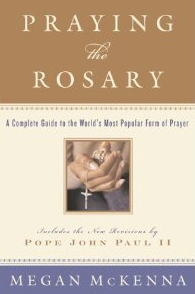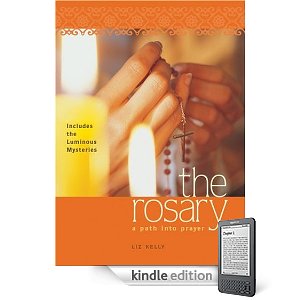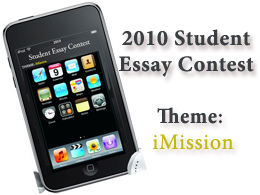 One of the biggest challenges we face as Catholic educators is helping students accept others who are different. Students get teased because of speech impediments, disinterest in sports, physical disabilities, sexual orientation, economic background, and even for succeeding in school. As hard as we work to prevent it from happening, teasing and bullying still exist.
One of the biggest challenges we face as Catholic educators is helping students accept others who are different. Students get teased because of speech impediments, disinterest in sports, physical disabilities, sexual orientation, economic background, and even for succeeding in school. As hard as we work to prevent it from happening, teasing and bullying still exist.
This morning Fr. James Martin, SJ, author of My Life with the Saints and The Jesuit Guide to (Almost) Everything, reposted a prayer he wrote to help anyone who feels “rejected, despised or excluded.”
This may be the most important prayer you share with your students this year.
A Prayer When I Feel Hated
Loving God, you made me who I am.
I praise you and I love you,
for I am wonderfully made, in your own image.
But when people make fun of me,
I feel hurt and embarrassed and even ashamed.
So please God, help me remember my own goodness,
which lies in you.
Help me remember my dignity,
which you gave me when I was conceived.
Help me remember that I can live a life of love,
because you created my heart.
Be with me, loving God, when people hate me,
and help me to respond how you would want me to:
with a love that respects others, but also respects me.
Help me find friends who love me for who I am.
Help me, most of all, to be a loving person.
And God, help me remember that Jesus loves me.
For he was seen as an outcast, too.
He was misunderstood, too.
He was beaten and spat upon.
Jesus understands me,
and loves me with a special love,
because of the way you made me.
And when I am feeling lonely,
help me to remember that Jesus welcomed everyone as a friend.
Jesus reminded everyone that God loved them.
Jesus encouraged everyone to embrace their dignity,
even when others were blind to seeing that dignity.
Jesus loved everyone with the boundless love that you gave him.
And he loves me, too.
One more thing, God:
Help me remember
that nothing is impossible with you,
that you have a way of making things better,
and that you can find a way of love for me,
even if I can’t see it right now.
Help me remember all these things
in the heart you created, loving God.
Amen.
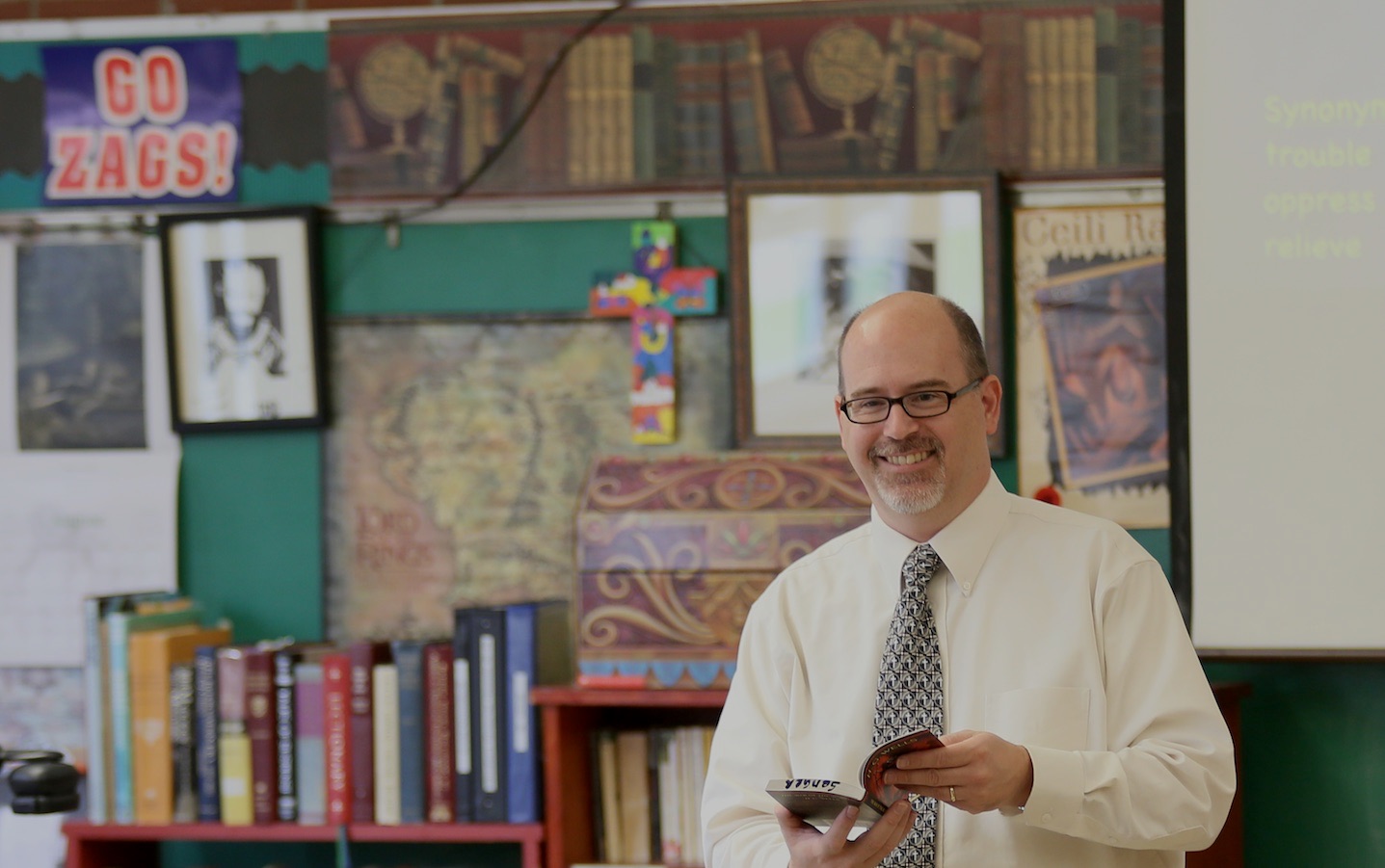
 bad, as the pirates say. Take September, a bad month: school begins. Consider August, a good month: school hasn’t begun yet. July, well July’s really fine: there’s no chance in the world for school. June, no doubting it, June’s best of all, for the school doors spring wide and September’s a billion years away.
bad, as the pirates say. Take September, a bad month: school begins. Consider August, a good month: school hasn’t begun yet. July, well July’s really fine: there’s no chance in the world for school. June, no doubting it, June’s best of all, for the school doors spring wide and September’s a billion years away.
